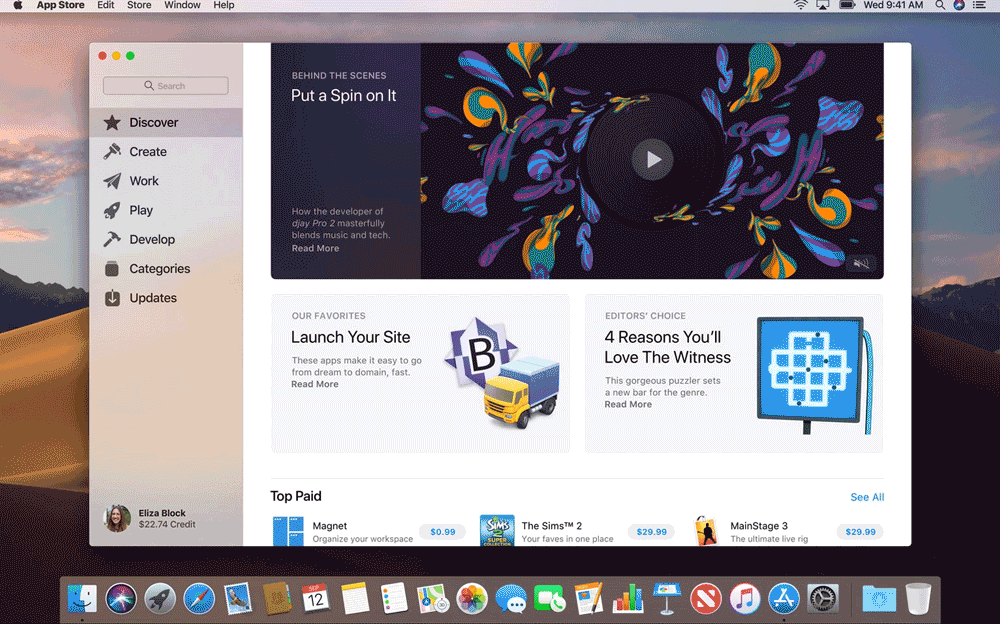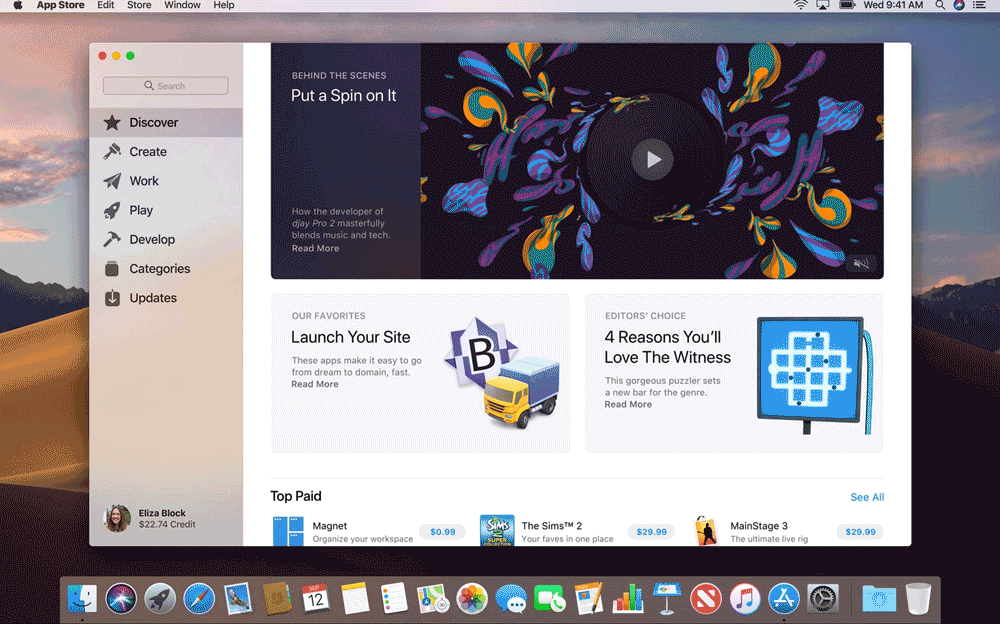Will operating systems annihilate apps?
It is more than a battle between native apps and third-party apps. It is about gathering the pieces of our life together. The time we spent on browsing pretty images in apps, the moments we want to capture, and the traces of our life adventures will be collected and sourced in one place. An operating system can assist you in everything and give you guidance on mastering your work and life.
I am not flinging words in the air and questioning the influences of the third-party apps we have created — there are more than 2 million apps in App Store this year for us to discover. This number embodies countless business and design solutions we practiced to make life better. Yet, how would you make an app stand out when native apps are pre-installed and can serve you in the same way?


Coherency overrides consistency
A third-party app looks similar across platforms. The iOS support on Mojave allows developers to port their iOS apps to macOS. This means it would be easier to drop-ship an iOS app first and then adapt it to tablet and desktop.
Meanwhile, native MacOS apps like News, Stocks and App Store will be coated with a similar look like their iOS versions. Comparing to an iOS app, a native macOS app will hold more content to display and enable richer screen interactions like hovering to view a quick breakdown of information. It also allows a macOS user to quickly scan and search through a side navigation bar, or peripheralize their app experience when using other apps.
The native app experience on MacOS not only blends with the experience on iOS but also extends to incorporate more uses cases. Users may forget the existence of an app but will remember to return to the app when they need to, regardless of which system they are using. Merged design attempts lead to a coherent user experience that overrides consistency when necessary.
